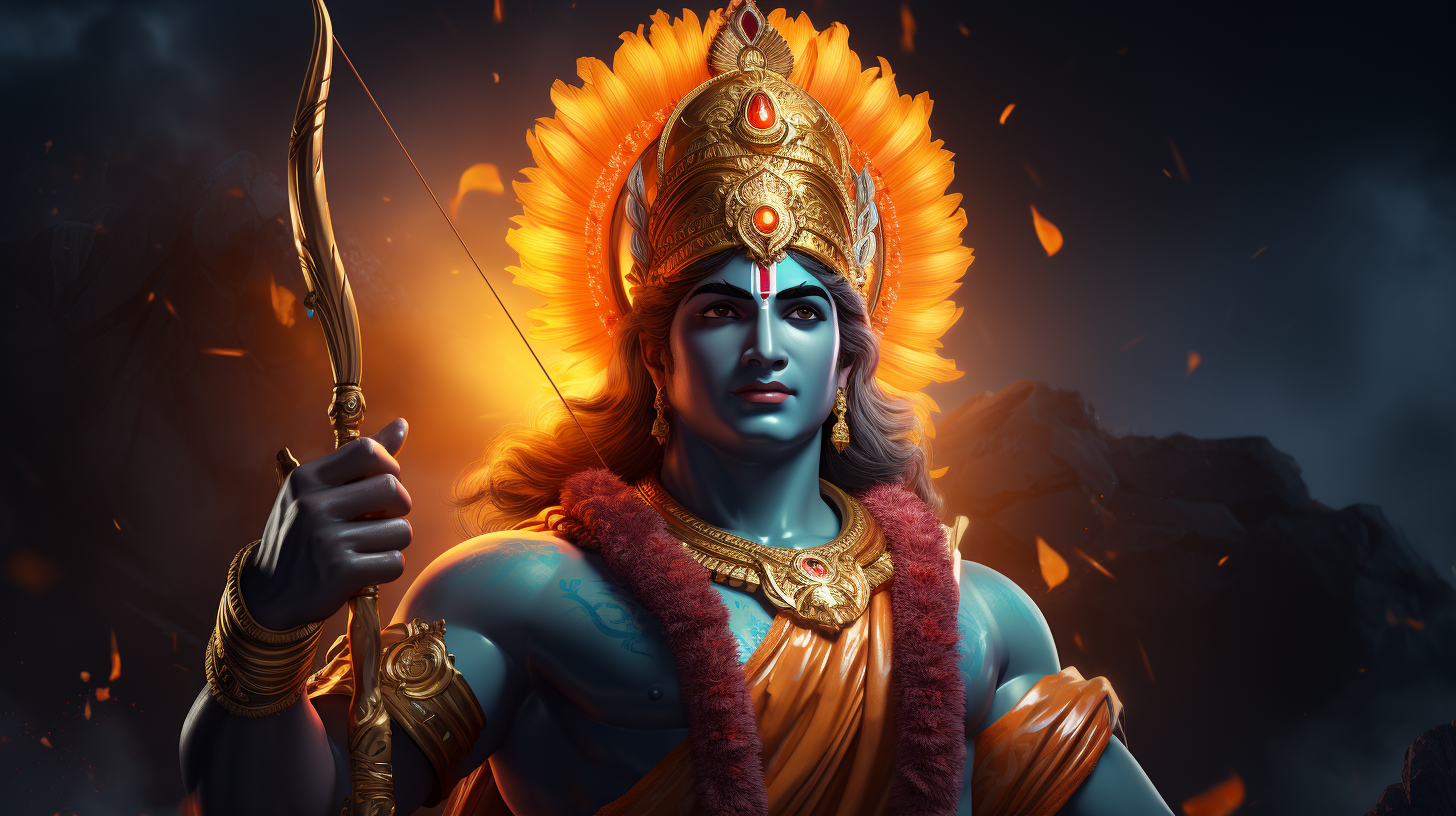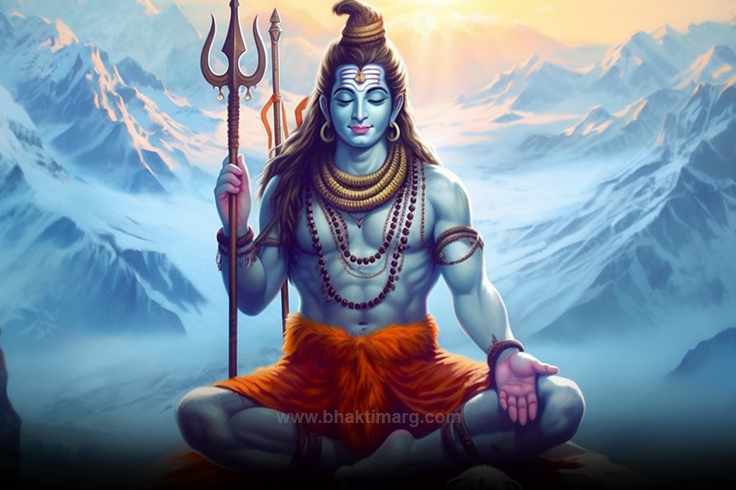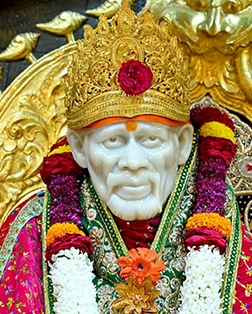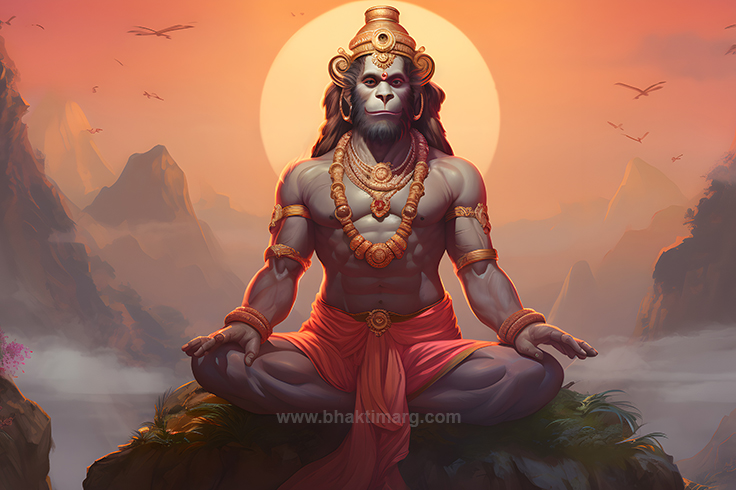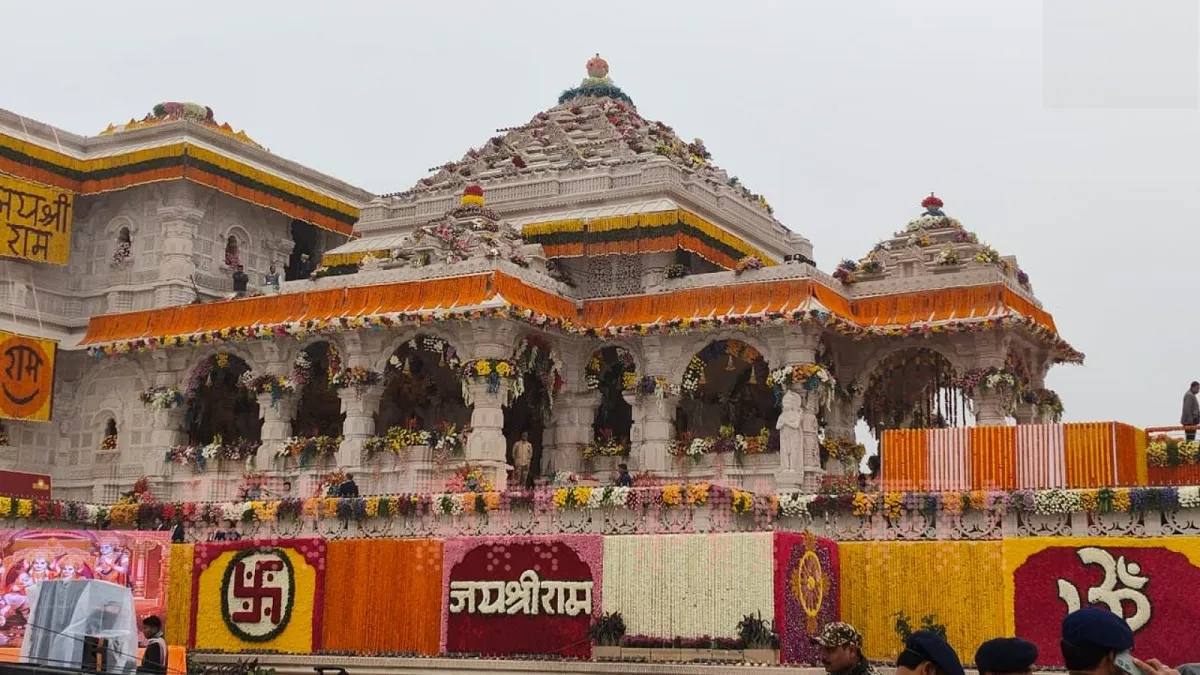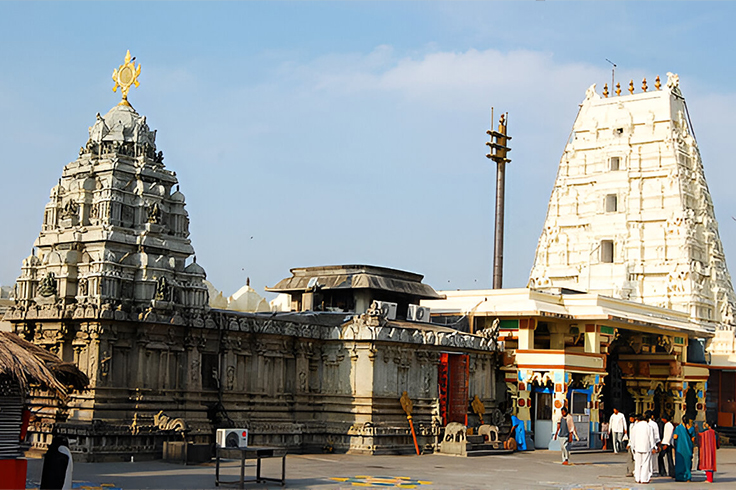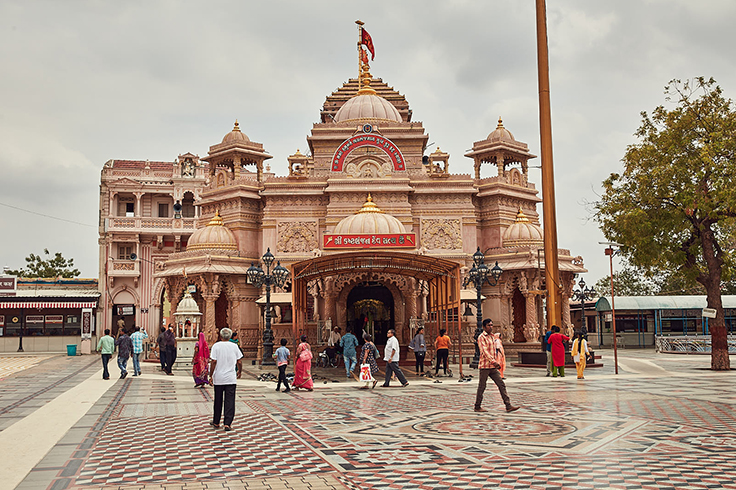
Moksha – Religion How to achieve Moksha
In order to know what is moksha you must know the principles of moksha are deeply rooted in the concepts of karma and the human soul. If you are seeking moksha, then you must first understand the theory of the human soul, a concept prevalent in various religions that might differ in the core but teaches the same principles.
While Christianity and Judaism believe that only humans possess an eternal soul, Hinduism tends to see it the other way, preaching that all living beings, from the largest animal to the smallest insect, possess a soul that animates them. Furthermore, Hindus believe that the transmigration of the human soul, where it changes from one physical existence to another, never being created or destroyed, is linked with moksha, as the soul’s journey is influenced by its past karma.
Hence, the more you can accumulate good karma, the better and easier it is for your soul to attain liberation Moksha, liberating your soul from the cycle of life and death. This concept says that your past karma decides the circumstances of your rebirth during your transition between realms of existence.
What are the Different Levels of Moksha

The concept of moksha is divided into two distinct stages: Jivanmukti and Vidhemukti. According to Vedanta texts, a Jivanmukta has attained a higher understanding of their being and the surrounding realm. Thus, a jivanmukta can also be referred to as Atma Jnani – one who is aware of his self, and Brahma Jnani – one who has understood the meaning of the universe. As they near the end of their existence, Jivanmuktas achieve paramukti or spiritual liberation; only an Avadhuta can achieve the feat of superior enlightenment and are called Paramhamsa.
Hence, those who share their knowledge with others are referred to as Avadhutas and have the power to achieve superior enlightenment. While Vidhemukti occurs only after death, where the soul experiences infinite bliss, power, and knowledge, liberation signifies the soul’s freedom from the cycle of life and rebirth. Both Yoga and Vedantic schools of thought in Hinduism explore moksha through these two stages, which tell you how to achieve moksha and gain superior enlightenment.
How to achieve Moksha?

If you want to attain spiritual liberation, you need to let go of everything that ties you to be superficialities of the earthly realm. The way to moksha is by transcending the material world and detaching from emotions like fear, anger, and frustration. This is the path that can take you towards spiritual liberation in Hinduism. This liberation from the earthly realm paves the way to escape the cycle of birth and rebirth.
According to Vedantic philosophy, moksha and karma are interrelated, and hence, you cannot achieve one while having the other. The way for you attain moksha in Hinduism is to let go of all your karmic debts and free yourself from the materialistic things that bounds one to this realm. However, if you want to know what moksha is, according to Gita, it says that one can achieve it. They can do so in their current life without renouncing the world.
The path to moksha is shedding negativity and gaining profound knowledge of the human soul and existence. Alternatively, liberation moksha can occur after death, known as Vidhamukti, where the soul ultimately breaks free from suffering and experiences eternal joy, bliss, and power. A rare few, known as jivanmuktas, can experience liberation moksha both in life and after ascending.
The Cycle of Samsara and the Desire for Moksha

According to Hinduism, your soul takes a continuous journey of life, death and rebirth through Samsara. Karma, the law of cause and effect, dictates the conditions of each new life. Hence, the karma of your one life might impart the consequences on the other, and the cycle goes on. By leading a life guided by morality, you can get more favourable reincarnations, while negative actions lead to less fortunate ones. Ultimately, seeking moksha is to be free from this cycle altogether and achieve spiritual liberation.
Paths to Liberation
Here are the different paths that can take towards Moksha:
- Bhakti Yoga (Path of Devotion): Once you develop a deep love and devotion to a chosen deity, like Krishna or Shiva, through prayers, chants, and selfless service, devotees seek to cultivate a connection with the divine, you reach half the way towards moksha.
- Jnana Yoga (Path of Knowledge): In this path, intellectual inquiry and self-realization through rigorous study of scriptures and meditation are needed. Jnana Yogis seek to understand the true nature of reality and their oneness with the divine Brahman to attain spiritual liberation.
- Karma Yoga (Path of Action): while on this path, you should be performing actions without attaching yourself to the fruits of those actions. By dedicating one’s work to something higher than oneself, Karma Yogis want to achieve inner purification and liberation.
- Raja Yoga (Path of Meditation): This path involves disciplined physical and mental practices that include asanas, breathing exercises (pranayama), and meditation, through these, you can aim for mastery over your mind and body, leading to a state of enlightenment and liberation.
Most powerful Hindu gods are firm believers in the concept of Karma and moksha being one that decides the other. Hence, the concept says that the four main objectives of life are dharma (duty), artha (wealth), kama (desire), and moksha (salvation). To achieve salvation, you have to balance all four of these objectives while living, giving them the same level of importance and keeping liberation moksha as the ultimate goal of human existence. To get independence from the endless circle of birth and death by attaining eternal moksha is deemed to be something that only a few can do. That is why it is deemed necessary for every human being to lead a life doing desirable actions so that at the end of the line, they have the power to achieve moksha. Pure intentions and pure thoughts will assist one to walk the righteous path to the moksha journey to the self.




